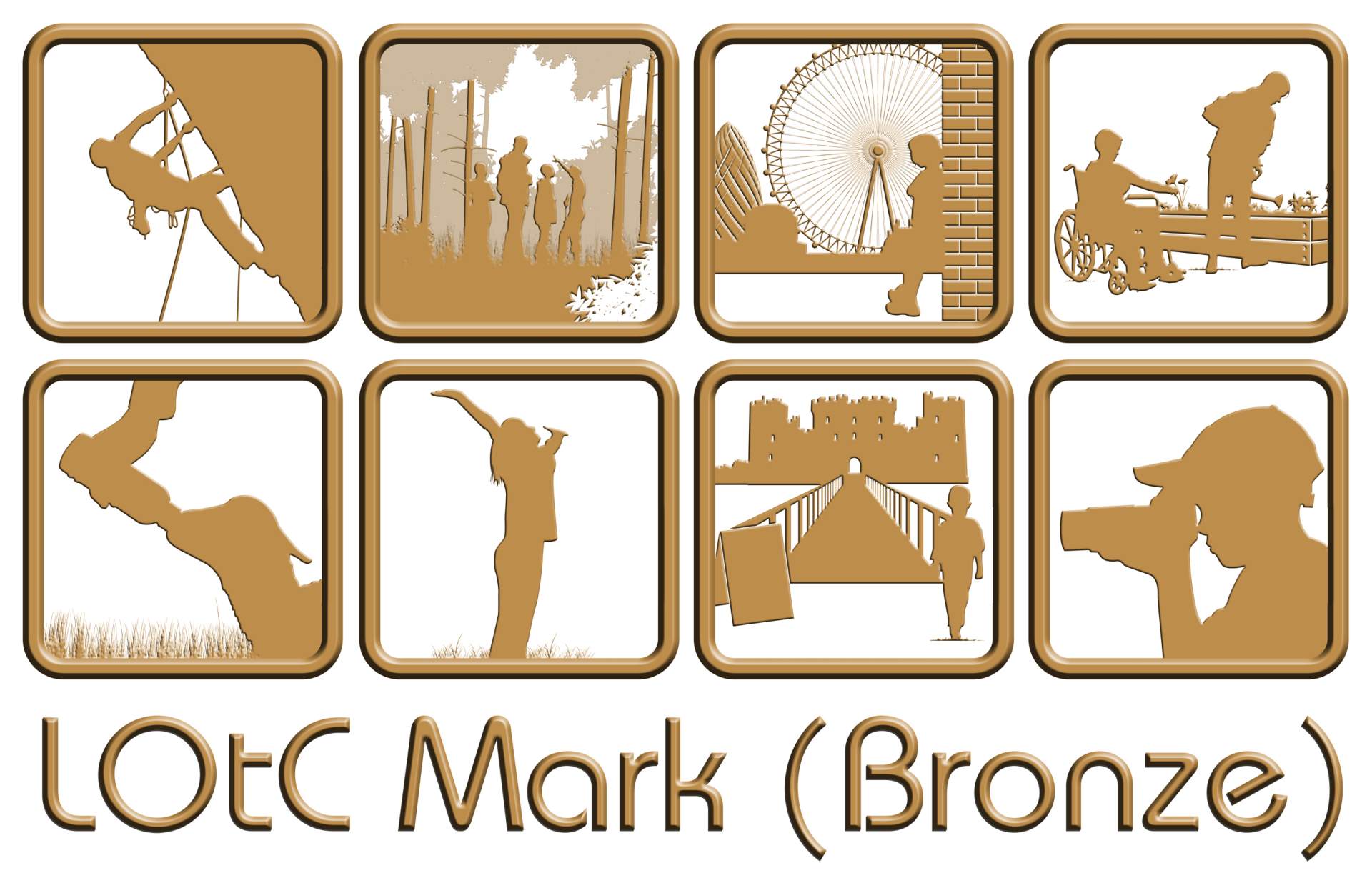Marking, Assessment and Feedback Policy
Rationale
For children to make appropriate progress, as adults working with children, we must undertake constant assessment of what the children can and haven’t quite got must be made to ensure any gaps are understood. Assessment are to be formative or summative, must be able to be seen in books, in assessment folders and what can be seen in lessons, on daily tracking sheets, weekly overviews (linked to planning), at the end of a unit, termly in reports and an overview. For children to be able to make the best possible progress within their learning, a very thorough understanding of where the child is and how to move them on is needed. This needs to be able to be accessible and to ensure that it doesn’t become onerous, so will be completed little and often. Feedback between staff within a class is essential to ensure that progress is made and no learning opportunity is missed. This is not just in the teachers or Learning Supports head but is evidenced to show progress and be ready for moderation or to help with next steps planning. At least good keeping of paperwork is part of the professional skill that teachers require and needs to be consistent over the year and not just at specific times of the year. Teachers need to be clear in their understanding of starting points, progress over the year to ensure at least good progress for the children in our care. This rationale isn’t a wish but is part of the teacher’s and their supporting Learning Support professional collegiate responsibility to their children, themselves and the school.
The Teachers Professional Standards January 2012 state:
Head teachers will assess qualified teachers against the standards to a level that is consistent with what should reasonably be expected of a teacher in the relevant role and at the relevant stage of their career (whether a Newly-Qualified Teacher (NQT), mid-career teacher, or a more experienced practitioner). The professional judgement of head teachers and appraisers will therefore be central to appraisal against these standards.
5. Adapt teaching to respond to the strengths and needs of all pupils
- know when and how to differentiate appropriately, using approaches which enable pupils to be taught effectively (as observed in lessons, seen in books and in planning)
- have a secure understanding of how a range of factors can inhibit pupils’ ability to learn, and how best to overcome these (evident in planning, marking, daily tracking sheets and in assessment folders)
- demonstrate an awareness of the physical, social and intellectual development of children, and know how to adapt teaching to support pupils’ education at different stages of development (evident in planning)
- have a clear understanding of the needs of all pupils, including those with special educational needs; those of high ability; those with English as an additional language; those with disabilities; and be able to use and evaluate distinctive teaching approaches to engage and support them. (evident in assessment folders – analysis of daily tracking over time, analysis of assessments, group plans for subjects by ability or areas of need, also in planning, IEP’s)
6 Make accurate and productive use of assessment
- know and understand how to assess the relevant subject and curriculum areas, including statutory assessment requirements
- make use of formative and summative assessment to secure pupils’ progress (evidence in assessment folder, in books)
- use relevant data to monitor progress, set targets, and plan subsequent lessons (including Pupil Asset which needs to be printed off and assessment folders with evidence)
- give pupils regular feedback, both orally and through accurate marking, and encourage pupils to respond to the feedback. (in books)
Marking and feedback
We believe feedback and marking should provide constructive feedback to every child, focussing on success and improvement needs against the learning objective, enabling children to become reflective learners and helping them to close the gap between current and desired performance.
Principles
• Be consistent throughout the school.
• Be manageable for teachers and children.
• Relate to learning objectives, which need to be shared with children.
• Involve all adults working with children in the classroom.
• Give children opportunities to become aware of and reflect on their learning.
• Give recognition and appropriate praise for achievement.
• Give clear strategies for improvement and development.
• Allow specific time for children to read, reflect and respond to marking.
• Inform future planning and individual target setting.
• Be accessible to children.
Strategies
So all learners know expectations, we will:
1. mark in pen, but not purple. Grammatical issues will be underlined with orange highlighter, allowing children to fix for themselves.
2. ensure children use green pens to respond to all marking, edit and improve and polish their work when appropriate. (including maths)
3. write learning intentions as a question e.g. ‘Can I use a protractor to measure angles up to 90Ëš?’ When children respond at the end of the lesson, they are to write to the question e.g. “I can use a protractor to measure angles to 90Ëš.” “I found it difficult to measure the small angles between 0 and 5.” (See Appendix 1)
4. indicate if the child has received additional support e.g. independent, supported, verbal feedback, number line or word mat
5. where appropriate, encourage children to independently identify misspelling words by indicating in the margin or at the end of a piece of work e.g. ‘sp’ in the margin or “which or witch?” For younger children, underline specific words.
6. where appropriate, encourage children to independently identify where missing punctuation is, by indicating in the margin, rather than adults giving children the answer.
7. enable children at the end of every lesson to write a comment to the adult about how successful they have been within the learning. They could use head, heart, bag and bin to help focus their comment. The children will also use a coloured dot (green, orange, red) next to the learning intention to show their confidence.
8. highlight learning to show children how successful they have been, including their learning intention, underline areas of success within work and areas to improve. Success should always be highlighted in green, working towards or areas to improve should be in orange. If a child has really struggled, then highlight in red or pink.
9. ensure that children have next steps which give them an opportunity to demonstrate or deepen their understanding of the learning intention.
10. use success criteria to scaffold the learning for all children to ensure progress. These can be created with children to ensure that they understand what is expected to be successful. They should also be tiered so that there isn’t a ceiling on their progress.
Quality marking
Not all pieces of work can be “quality marked”, but work will be looked an adult within the classroom and the child will know that it has been seen by the learning intention as a minimum highlighted. This information will be transferred onto a mark sheet each learning session to track progress.
What happens if there is not any formal writing to be done? For each learning session, the children from year 3 must have a learning intention of what is being learnt and children are to write a comment to this at the end, even if there isn’t any written work to link, however, photographs can be added to show what was learnt
Foundation Stage
Most feedback for children in the Foundation Stage is given orally by adults. Evidence to recorded on our online tracking system. More information can be found on the Foundation Stage page on the school website.
Secretarial features
Children can be writers without having to physically write, they can use voice recorders and adults can scribe. Secretarial features are important, but within some pieces of work, a specific learning intention will not focus on spelling, punctuation or grammar. When work is finished, ask children to check for things they know are wrong in their work when they read it through.
Children need to be encouraged to use word banks, dictionaries, thesauruses and ask an adult/peer, so that they can go back at the end of a piece of work to correct spelling. Key words must always be spelt correctly. Only give children feedback about those things you have asked them to pay attention to. This will mean that some aspects of writing are unmarked, but over time will be marked.
From Key stage 1, children are to be encouraged to join up handwriting, using the diagonal and horizontal strokes needed to join letters in the majority of their writing. By the end of Key stage 2, children must write maintaining legibility, fluency and speed in handwriting through choosing whether or not to join specific letters.
Marking is to be positive and able to move the learning of the children onwards. All children should understand their next steps and be aware what will make them better learners.











